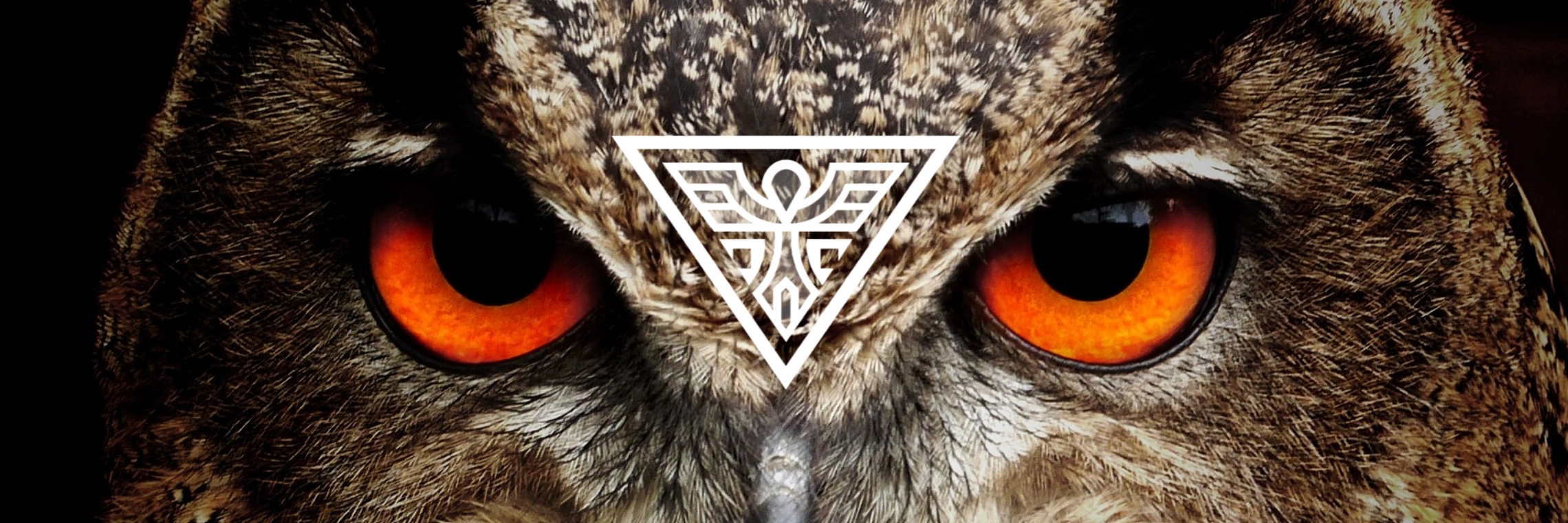yinit
Shane closed his eyes, leaning against the cliff as he concentrated, the tattered and twisted remains of the pack and its contents appearing at his feet. "Don't think we can use any of it, not after what the yinits did to it. But at least Janikk can't get angry at us for littering." "Yinits?" Razick furrowed her brows. "Small white furry creatures. Sharp teeth, big groups. The ones who came after us on the island?" Shane shrugged, turning to enter the cave. "Apparently I know the name of things now."
Basic Information
Anatomy
Shane felt a disapproval in his mind, pulling him closer to the ice. He allowed it to lead him, his thoughts subsequently lingering on Jeb's efforts to catalog the thriving variety of plantlife buried beneath the snow before driving even deeper within the ice to seek out a family of white-furred creatures with thick, fluffy tails and long snouts of small, sharp teeth curled together for warmth, the occasional clawed paw twitching in their sleep within the ice-walled den.
Dietary Needs and Habits
Omnivores by necessity, yinits will eat anything they can get their paws on. This most often translates into a diet of the many small plants and insects growing beneath the snow, augmented by fish, shellfish, and arctic seaweed caught in the shallows. While excellent swimmers, the yinit will rarely venture into deeper waters.
Additional Information
Social Structure
Social by nature, the yinit live in large colonies or packs known as "troubles". Most time is spent in a state of hibernation with the yinit cuddling close for warmth, their tails positioned along the outside of the mass for added warmth and insulation. Once awakened they rush to the surface in a quest for food which is rapidly consumed into their preliminary stomach. Upon returning to their burrows these findings are regurgitated into a communal pile to be shared as a strange, potluck sort of feast.
Yinit are good parents, their community split between foragers, lookouts, and nursemaids, with most yinit serving in the first role. No formal hierarchy has been discovered, not even among the selection of roles, with yinit often switching their tasks between seasons and even sometimes from one day to the next. Males are also just as likely to serve as nursemaids as the females, especially once the young have been weaned.
Domestication
Attempts at domestication are most often discourages by the yinit's inability to thrive in warmer climates. Expeditions to the antarctic regions of Janikk have reported cases where yinit troubles seemingly recognized returning explorers, particularly those who had fed them. It is therefore inadvisable to feed the yinit, as they have been known to find ways into even the best protected packs and belongings in search for additional treats.
Geographic Origin and Distribution
Yinit make their home in the inhospitable antarctic regions of Janikk, carving their dens throughout the heavy snow and into the shifting ice of the glaciers beneath.
Lifespan
4-8 years
Average Weight
2-5 lbs
Average Length
12-18 in from nose to rump
Average Physique
Outwardly fluffy in appearance, the yinit are surprisingly muscular, particularly in their forearms and Jaws.
Body Tint, Colouring and Marking
snow white
Geographic Distribution




Comments